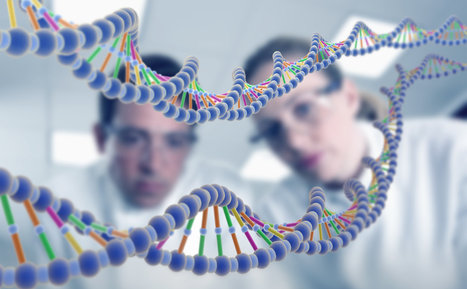Research and publish the best content.
Get Started for FREE
Sign up with Facebook Sign up with X
I don't have a Facebook or a X account
Already have an account: Login
 Your new post is loading... Your new post is loading...
 Your new post is loading... Your new post is loading...
|
|













UC Berkeley researchers have made CRISPR/cas9 system even more versatile by giving it an “on” switch, allowing users to keep the Cas9 gene editor turned off in all cells except its designated target.